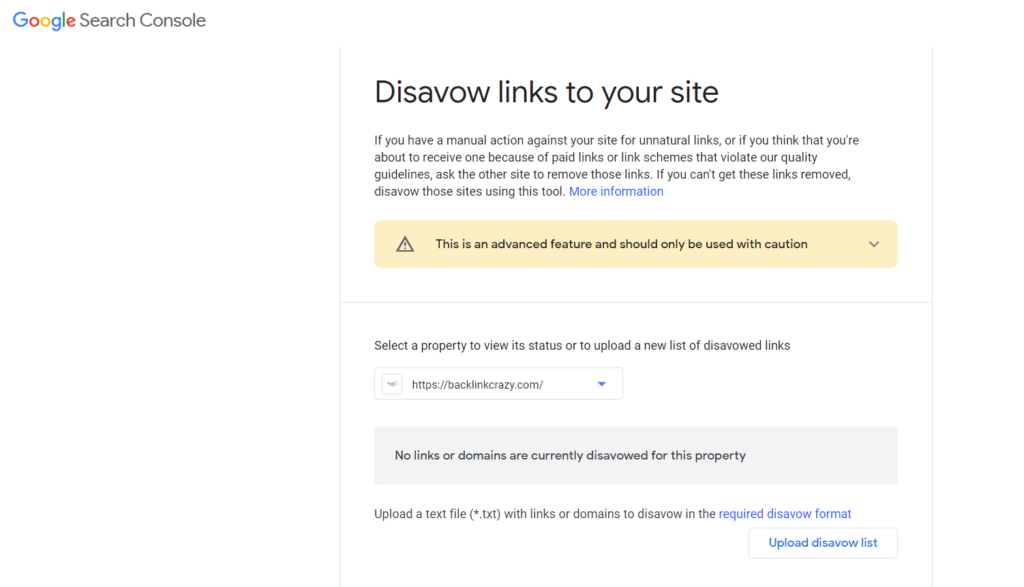How to Remove Bad Backlinks from Your Website: A Comprehensive Guide
Table of Contents
Introduction
Welcome to our comprehensive guide on how to remove bad backlinks from your website. In today’s digital landscape, search engine optimization (SEO) plays a crucial role in determining the success of your online presence. One of the key factors that can impact your website’s search engine rankings is the quality and relevance of your backlinks. In this article, we will delve into the intricacies of bad backlinks and provide you with effective strategies to identify, analyze, and remove them from your website, ultimately helping you outrank your competitors on Google.
Understanding Bad Backlinks
Before we delve into the removal process, it’s important to understand what bad backlinks are and why they can harm your website’s SEO efforts. Bad backlinks, also known as toxic or spammy backlinks, are links from external websites that are considered low-quality, irrelevant, or violate search engine guidelines. These links can originate from link farms, spammy directories, or websites with a poor reputation. When search engines detect a significant number of bad backlinks pointing to your website, they may penalize your rankings, resulting in lower visibility and decreased organic traffic.
Step 1: Identify Bad Backlinks
The first step in removing bad backlinks is to identify them. Here are some effective methods to help you pinpoint these detrimental links:
- Utilize Link Analysis Tools
Leverage reliable link analysis tools such as Ahrefs, Moz, or SEMrush to conduct a backlink audit of your website. These tools provide valuable insights into your link profile, including a list of all the websites linking to your domain. Look for any suspicious or spammy websites that you believe may be negatively impacting your SEO efforts.
- Analyze Anchor Text and Relevance
Examine the backlinks’ relevancy and anchor text. They might be seen as having poor backlinks if there is a significant amount of irrelevant anchor text or links from other websites. Make sure the websites connecting to you and the anchor text are relevant to your industry or niche.
- Monitor Referral Traffic
Pay close attention to how people get to your website. If you see a big jump in traffic from sketchy sources or sites that have nothing to do with your content, this could be a sign of bad backlinks. Check your website’s analytics regularly to find any strange trends or sources.
Step 2: Assess Bad Backlink Impact
After identifying potential bad backlinks, it’s essential to assess their impact on your website’s SEO. Not all backlinks are harmful, and removing good backlinks can inadvertently harm your rankings. Here’s how you can evaluate the impact:
- Check Domain Authority (DA) and Page Authority (PA)
Evaluate the domain authority and page authority of the websites linking to you. Websites with low DA and PA scores are often indicators of low-quality backlinks. However, keep in mind that these scores should be considered in the context of your overall link profile. High Da and dofollow link is good for your website and you can easily find dofollow backlink site list on Backlink Crazy.
- Evaluate Linking Page Relevance
Check to see if the pages that link to your content are relevant. Backlinks from sites that don’t have anything to do with your business or niche can hurt your SEO. Make sure that the websites that link to you are trustworthy and useful.
- Consider Anchor Text Over-Optimization
Anchor text that is over-optimized, like when there are too many exact-match terms, can cause search engines to punish the site. Check how the anchor text is used and make sure it looks natural and varied.
Step 3: Remove or Disavow Bad Backlinks
Once you’ve identified and assessed the impact of bad backlinks, it’s time to take action. Here are two approaches to consider:
- Manual Removal
Contact the webmasters of the websites hosting the bad backlinks and request their removal. This process can be time-consuming and challenging, as not all webmasters will respond or comply with your request. However, it’s worth making the effort to manually remove as many bad backlinks as possible.
- Disavow Tool
For links that you’re unable to remove manually, Google provides a Disavow Tool. This tool allows you to inform Google that you disavow specific backlinks and that you don’t want them to be considered when assessing your website’s ranking. Use this tool with caution, as incorrectly disavowing good backlinks can harm your SEO efforts.

Conclusion
In this comprehensive guide, we have explored the process of removing bad backlinks from your website. By diligently identifying, assessing, and removing or disavowing these harmful links, you can significantly improve your website’s SEO performance and outrank your competitors on Google. Remember, maintaining a healthy and relevant backlink profile is a continuous process that requires regular monitoring and optimization. Stay vigilant, adapt to the evolving SEO landscape, and watch your website climb the search engine rankings.
Backlink Crazy always focus on who are beginner because they feel struggle while researching basic knowledge about SEO and in other website you can’t find this easily language blog. If you have any doubt regarding SEO, high da backlink so you can contact with us.

